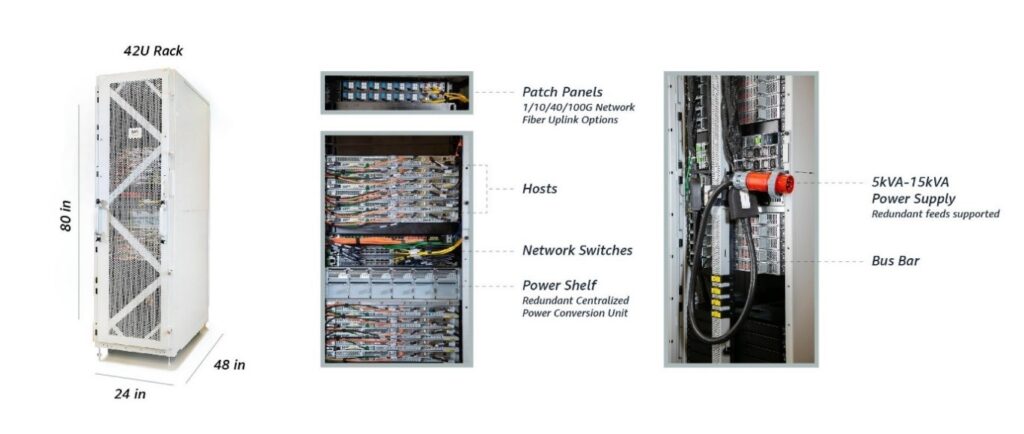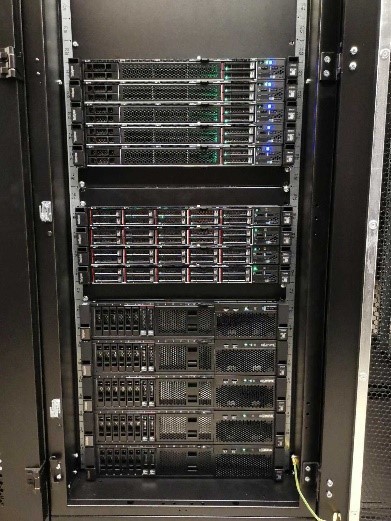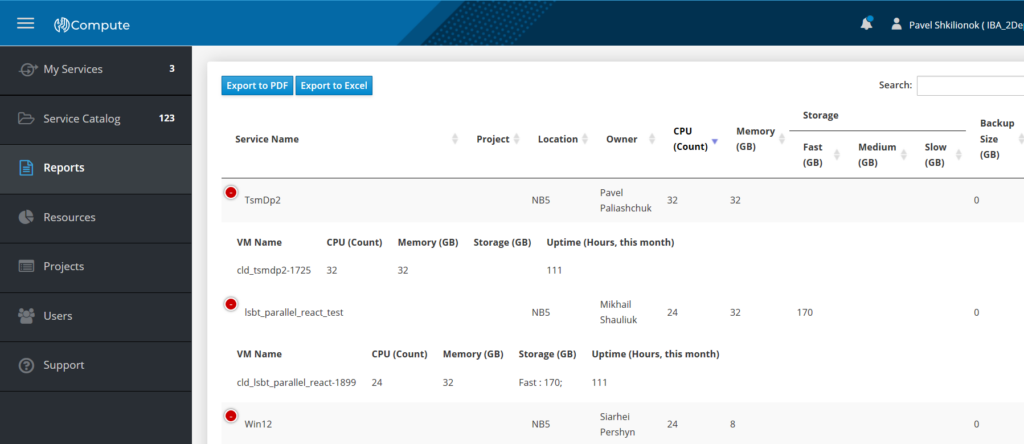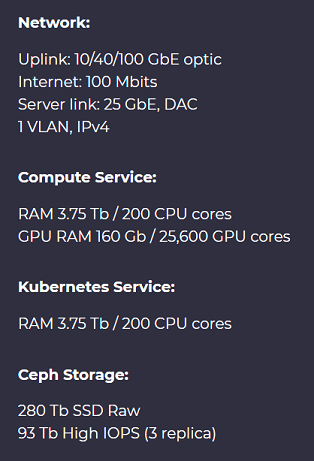Feel the Power of Open Source Hybrid Cloud
Since 2019, the hybrid cloud market has been a hype and it keeps attracting more and more new players. However, only three major hybrid cloud solutions are currently present on the market, namely AWS Outposts, Azure Stack, and Google Anthos.
The demand for ready-to-use on-premise Hybrid Cloud solutions primarily resulted from the need to have single-digit millisecond latency from end users or onsite equipment. For instance, in the healthcare sector there is a need to enable rapid retrieval of medical information by storing data locally. In manufacturing, there are SCADA systems and applications that need to be run closely to the factory floor equipment. Media and entertainment need to access the latest GPU innovations on premises for graphics processing, audio and video rendering, and running media applications.
All of those big three public cloud providers offer ready-to-use rack-based on-premise solutions. However, the most mature one is AWS Outposts that has clearly defined the delivery model and the pricing policy.
AWS offers Outposts as a rack-based box: whitebox on the front and blackbox inside. This blackbox is delivered on-premise to the customer’s data center where Outposts infrastructure and AWS services are managed, monitored, and updated by AWS just like in the cloud. The customer’s technical support team has no access to that blackbox. Instead, AWS will monitor it as a part of the public region and will automatically execute software upgrades and apply patches. If physical maintenance is required, AWS will reach out to schedule a time to visit your site.

Outposts provides only a few core cloud services out of the huge number of well-known AWS public services. These core services are compute EC2 instances and EBS block storage. Additionally, Outposts provides Amazon ECS to orchestrate Docker containers, Amazon EKS to manage and run Kubernetes, and Amazon RDS to support MySQL and PostgreSQL database engines.
Regardless of the configuration, the pricing model is pretty clear and based on a combination of EC2 instances and EBS gp2 storage tiers. Pricing for these configurations includes EC2 instances and EBS storage, as well as delivery, installation, and maintenance.
ICDC Model 2020 Open Source Alternative

ICDC Model 2020 is a ready-to-use hybrid cloud solution that represents a fully managed service to deliver pre-configured hardware and software to the customer’s on-premise data center or co-location space. Model 2020 is designed to run applications in a cloud-native manner, without having to use any public data centers.
Like AWS Outposts, Model 2020 offers a rack-based box that looks like a blackbox from the front, and is crystal clear and transparent inside.
This rack-based box is also delivered on premise to the customer’s data center and connected to the local customer infrastructure to provide the best IT-as-a-Service, implementing DevOps and ITSM practices in accordance with ITIL V4.
Similarly to AWS Outposts, the basic ICDC Model 2020 configuration provides core cloud services as follows:
ICDC Compute offers self-service provisioning of virtual CPU, memory, and graphics resources, as well as Marketplace, network management, and load balancing. It supports both x86-based and IBM Power architecture.
ICDC Openshift service is designed for management and orchestration of Kubernetes containers.
ICDC Storage provides a full range of object, block, and elastic file system capabilities. It runs on all-flash NVMe SSD drives and is used in ICDC Compute and Openshift services.

In addition to the basic configuration, Model 2020 provides an extended edition with major team productivity and collaboration cloud services:
ICDC Disk brings new possibilities for team collaboration, enabling an exchange of files and documents across any organization, while ICDC DevOps offers groupware that enables organization’s teams to work agile, securely and faster, bringing more value to corporate customers and providing IT services in accordance with ITIL V4.
Model 2020 is designed as a High Performance Computing (HPC) solution built on Lenovo ThinkSystem with NVIDIA Tesla V100 GPU and IBM Power 9 servers, as well as Cisco Nexus 10/25/100G network uplink options.

Given such characteristics, ICDC Model 2020 is a great ready-to-use solution for developing products and provisioning services for AI, ML, RPA, IoT, and Blockchain technology stacks.
Both configurations offer Compliance, Help Desk, and Monitoring services provided by the ICDC team as a part of support and maintenance offered under a regular subscription model. It includes regular updates for all ICDC cloud services as soon as the original open source software releases new versions.
Conclusion
The Open Source Hybrid Cloud Model 2020 is beneficial for customers with enabling applications that need to run on premises due to low latency, local data processing, or local data storage.
From a financial perspective, ICDC Model 2020 significantly increases savings on OpEx by moving cloud services back from public data centers to customer’s sites. In addition, it also reduces TCO for managing of IT services and infrastructure due to its completely open source architecture that helps to avoid vendor lock-in and limited IT agility.